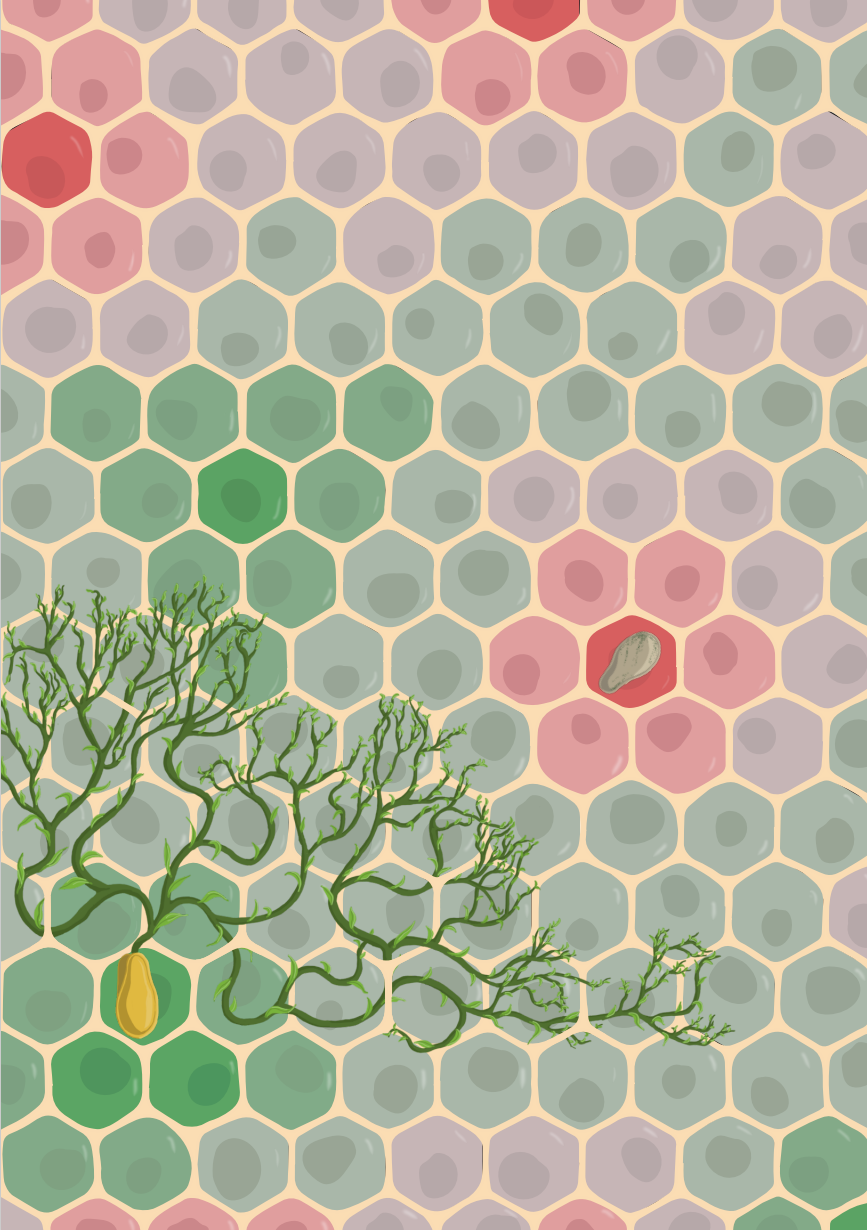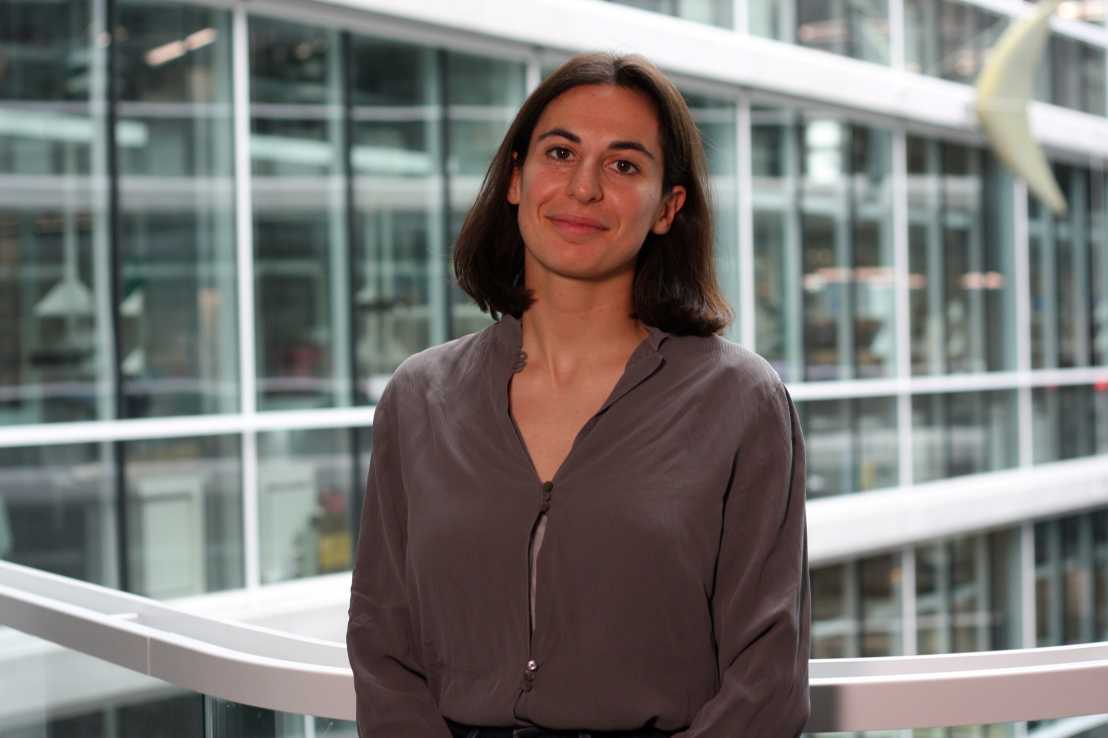The Moor Lab Celebrates Costanza Borrelli's Innovative PhD Research Published in Nature
Join us in congratulating Costanza Borrelli and our dedicated team on their recent publication in Nature. Discover the innovative project that explores cell-cell interactions in metastatic colonization.

This week, the Moor Lab is excited to announce the publication of another one of our research papers in Nature. The study, which formed the core of Costanza Borrelli's doctoral thesis, investigates the crucial role of cell-cell interactions in the successful metastatic colonization of the liver. We designed an innovative approach by combining different cutting-edge tools, allowing us to shed new light on the age-old "seed vs. soil" hypothesis.
In her study, Costanza introduces an innovative in vivo proximity screen that allows for the functional testing of cellular interactions in a high-throughput manner. This groundbreaking work addresses the question: How do cell-cell interactions govern successful metastatic colonization in the liver? The full paper can be accessed external page here.
We utilized CRISPR-a technology to address the role of ligand and receptor interactions in liver metastatic seeding. To this end, we introduced sgRNAs in vivo into hepatocytes, creating a mosaic overexpression of these targets in mice. This approach enabled the functional testing of 300 ligands and receptors within a single organism. Subsequently, liver metastasis was induced by intrasplenic injection of cancer organoids.
Cancer organoids were modified with an innovative niche-labeling construct previously developed by Ilaria Malanchi's lab. This setup allowed us to differentiate between metastasis-proximal and distal hepatocytes and thus quantify integrated sgRNAs, offering valuable insights into the interactions facilitating metastasis.
Consequently, sgRNAs for factors promoting metastasis seeding were enriched near metastatic sites, while those targeting suppressing factors were depleted. Top hits are predicted to interact with tumor cells in human liver metastases (thanks to PhD student Jonas Kretz and former postdoc in the lab Atefeh Lafzi), and with cancer genes more often mutated in metastases than in primary tumors (kudos to PhD student Elena Guido Vinzoni). Among the significant hits was plexin B2, which, when overexpressed in hepatocytes via AAVs (thanks to PhD student Morgan Roberts), enhanced colonization, and when knocked out, inhibited metastasis formation.

The study uncovered that liver-derived plexin B2 facilitates the seeding of incoming tumor cells by activating the transcription factor Klf4, promoting epithelialization of metastases. In the absence of plexin B2, metastases retained Zeb1 expression, impeding their adaptation to the liver environment. The team further explored the interaction between plexin B2 and class IV semaphorins, demonstrating similar phenotypes upon knockout, which reduced metastatic rates and Klf4 expression.
Importantly, the expression of these semaphorins in human primary colorectal cancer (CRC) correlates with shorter recurrence-free survival, highlighting the clinical relevance of this interaction module in human patients. This research underscores the pivotal role of hepatocytes in metastatic seeding and suggests that epithelialization is crucial for the adaptation of CRC metastases in the liver. Moreover, the screening approach used in this study, focusing on host-derived signals rather than tumor-intrinsic factors, provides a novel framework for investigating environmental constraints to metastasis across various organs and cancer types.
We would like to extend our heartfelt thanks to all those involved, including our lab manager Davide Elettor for plasmid and vector design, Marie for animal experimentation support, and our funding bodies external page SNSF, ETH Zurich, and external page Krebsliga. This remarkable achievement is a testament to the collaborative effort and dedication of our entire team.
For a more detailed look at our findings and the potential implications, we invite you to read the external page full paper and external page accompanying commentary in Nature. This paper is also featured on the ETH News, see here. Congratulations again to Costanza Borrelli and the entire Moor Lab team for this outstanding contribution to cancer research!